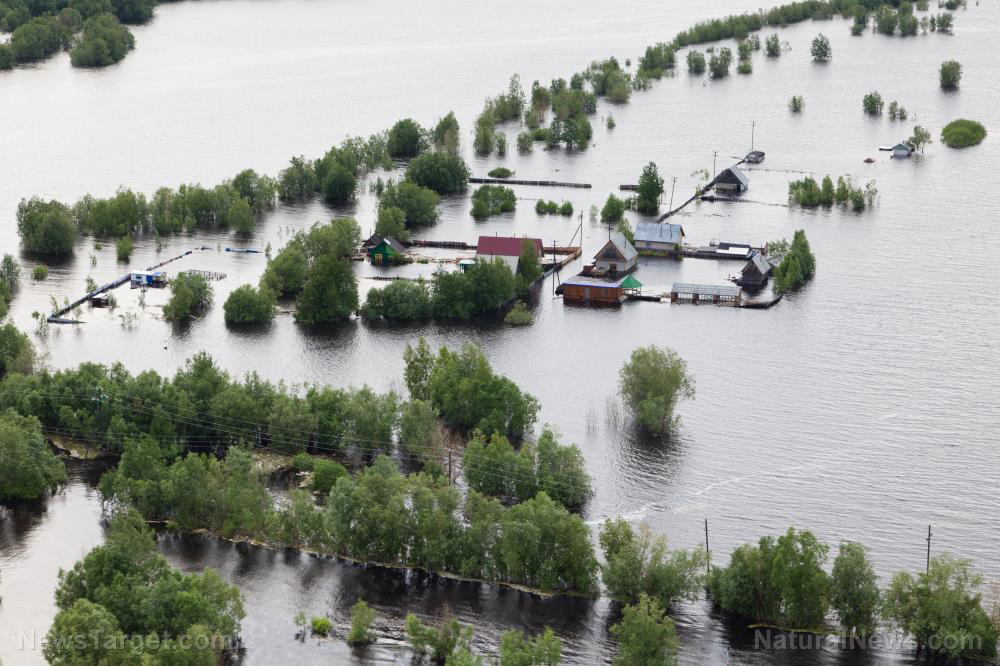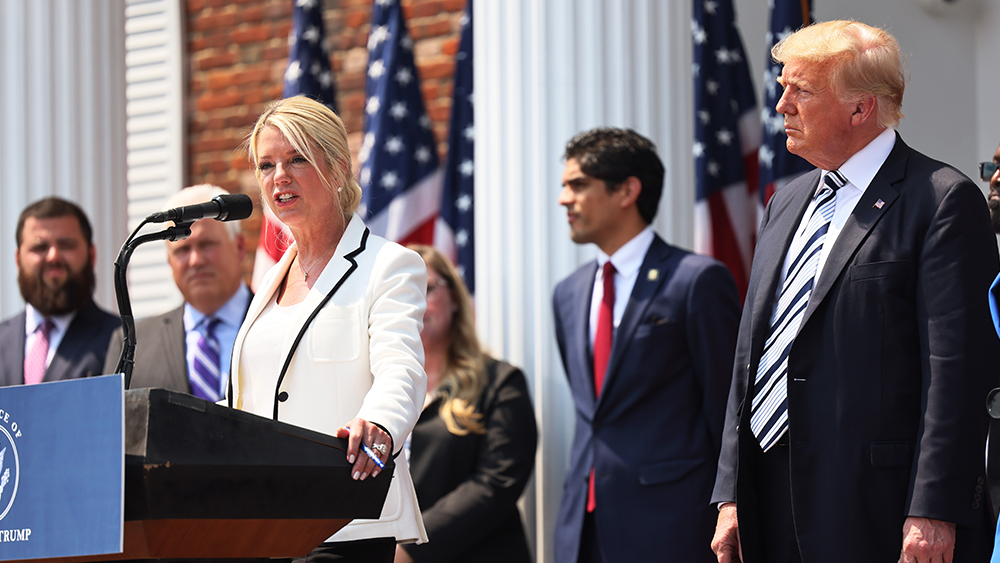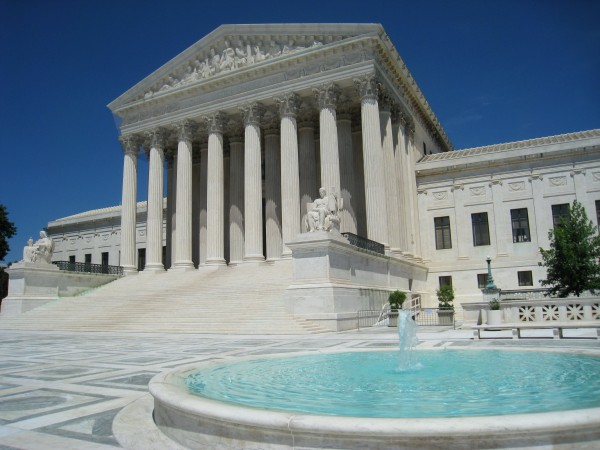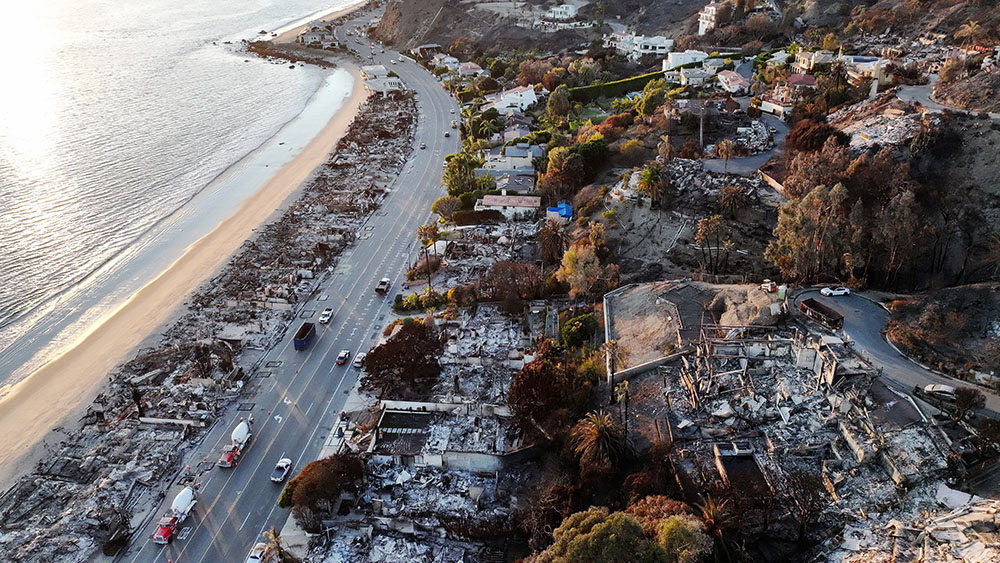 Parler
Parler Gab
Gab
- Flooding is not unprecedented historically, contradicting claims it’s climate "catastrophe."
- Texas A&M and federal data show no long-term trends linking floods to rising CO2 levels.
- Politicians misuse tragedy to scapegoat federal budget cuts, ignoring the fact that first responders are local, not federal.
- Explicit calls to refocus on infrastructure, zoning and emergency preparedness rather than partisan agendas.
Flash flood history undermines climate alarms
Central Texas, dubbed America’s “flood capital,” has faced similar catastrophes for centuries. Floods of 1913, 1921, 1945 and 1981 each caused mass destruction and fatalities, with researchers observing that “the recent catastrophe is less climate-driven than regulatory failure.” The Texas A&M 2024 Climate Report confirms no long-term upward trend in flood frequency or severity, citing stable river flows and decreased precipitation in key areas. EPA data from 1965–2015 further shows Texas rivers experiencing less flooding over time. When reporters asked climate scientist Dr. Wielicki about these findings, he replied definitively, “The narrative that this represents an unprecedented climate shift is baseless. We’ve seen worse in the past.” Critics of the mainstream media accuse outlets of ignoring this history. “Climate change is invoked anywhere disaster occurs—despite data demonstrating variability,” said Wielicki, noting the 2020 Palisades Fire was similarly mislabeled as “climate-worsened.”Budget blame games: Detracting from the tragedy
While politicians like Washington Governor Jay Inslee blamed President Trump’s solar energy policies and NOAA budget cuts, meteorologists insist these claims lack credibility. “The tragedy had nothing to do with [Trump] budget cuts. False claims have been debunked,” wrote meteorologist Chris Martz on X, echoing Texas-based forecasters who confirm National Weather Service offices issued timely 12-hour flood warnings. Even Democratic-leaning NOAA employee unions dispute the narrative. “Forecasts were timely and thorough,” stated legislative director Tom Fahy, though noting unfilled leadership roles. However, most scientists argue the root issue is local planning, not federal funding. Dr. Wielicki pointedly noted, “Building camps in flood plains without evacuation protocols is negligence. It’s called ‘infrastructure failure,’ not atmospheric politics.” Former White House spokesperson Abigail Jackson decried the exploitation as “shameful and disgusting” while praising first responders for heeding the advanced warnings.Scapegoating, not solutions: The cost of political theater
The rush to blame politicians and climate agendas has diverted attention from tangible fixes. Dr. Wielicki outlines actionable steps:- Strengthen flood infrastructure with reinforced dams and updated zoning laws.
- Enforce strict building codes in high-risk regions to reduce losses.
- Modernize emergency plans focusing on rapid response, not climate virtue-signaling.
A test of American journalism’s integrity
As the waters recede in central Texas, the nation confronts a graver emergency: whether media and politicians will prioritize truth over theatrics. The scientific and historical record is clear—the 2025 floods, tragic as they are, are not portents of climate doom or evidence of federal malfeasance. They are a stark reminder of what happens when land-use decisions ignore natural cycles, and when leaders substitute alarmism for accountability. Texans deserve solutions, not slogans. It is time to rebuild—not by funding wind farms—but by funding smarter planning, better governance and the moral humility to learn from the past. Sources for this article include: ReclaimTheNet.org Substack.com FoxNews.comTrump urges Epstein file release amid MAGA revolt: “Let them have it”
By Willow Tohi // Share
Supreme Court clears path for Trump’s dismantling of Department of Education in historic ruling
By Willow Tohi // Share
Ghislaine Maxwell – Epstein’s accomplice – makes a desperate plea from prison
By Lance D Johnson // Share
T-Mobile ends DEI programs amid regulatory pressure
By Laura Harris // Share
Governments continue to obscure COVID-19 vaccine data amid rising concerns over excess deaths
By patricklewis // Share
Tech giant Microsoft backs EXTINCTION with its support of carbon capture programs
By ramontomeydw // Share
Germany to resume arms exports to Israel despite repeated ceasefire violations
By isabelle // Share










